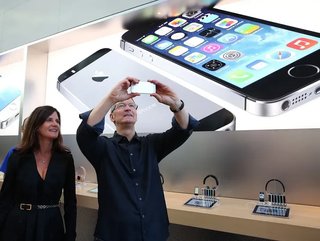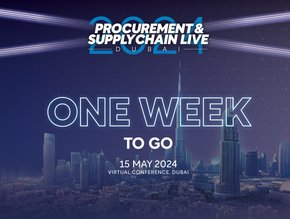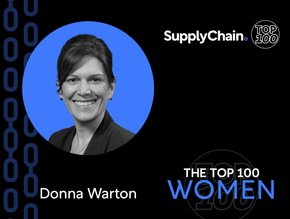Supply Chain Profile: Apple, China, Cook & Covid

To understand Apple’s supply chain, one need only glance at the company’s Supplier List, which comprises around 300 vendors.
Apple says the list of companies “makes up 98% of our direct spend for materials, manufacturing and assembly of our products worldwide”.
It also says that around 250 of these businesses have pledged to use renewable energy for Apple production – up from 213 suppliers the year before.
Around half of Apple’s suppliers are based in mainland China, with others spread throughout Southeast Asia – in Taiwan, Japan, Vietnam, Philippines, Singapore and South Korea.
Its biggest, and longest standing, supplier is Foxconn, the Taiwanese multinational electronics contract manufacturer. which has 35 plants globally, in India, Brazil, China, and Vietnam.
Back in 2022 -- when China finally succumbed to the coronavirus -- Apple’s strategy of basing much of its manufacturing capacity in the country was called into question. Now, though, it appears to be more or less back on track.
Foxconn’s biggest Apple plant is the Zhengzhou iPhone facility in northeast China, which at its pre-pandemic peak employed a mind-boggling 300,000 people around the clock. The plant was hit by devastating Covid disruption back in November 2022, an event that marked the low-water mark for Apple’s supply chain. Now, though, the plant is back to operating with around 200,000 people and output is close to being back where Apple expects it.
Apple prefers fewer suppliers & stronger relations
Compared to most multinational companies, Apple has a minuscule supplier list. This is because the company likes to maintain super-strong relationships with its value chain partners, as this gives it great flexibility in responding to demand surges.
This, coupled with Apple’s huge production capacity, allows the company to provide products when and where customers want them – the so-called just-in-time inventory model.
The architect of Apple’s supply chain is CEO Tim Cook, who joined Apple in 1998, having been recruited by CEO and co-founder, Steve Jobs. Cook set about reinventing the company supply chain, slashing inventory levels and its number of suppliers.
When Jobs knew he was dying from pancreatic cancer, it was Cook he appointed as CEO, having seen how he’d turned the company’s fortunes around, by ensuring growth was never curtailed by lack of supply.
Even when demand for iPhones was off-the-charts crazy, Cook ensured they were always available in their tens of millions. Knowing iPhones were high on people’s Christmas wish lists, one of his ploys was to book tens of millions of dollars of holiday season air freight, months in advance – thus cutting out competitors, leaving them scrambling to ship products during the holiday season.
Cook famously said he finds inventory “fundamentally evil”, likening it to dairy products. “And who wants to buy spoiled milk?” he asks. Minimum inventory also has the benefit of reducing storage costs.
Cook’s supply JIT model may have been severely tested by the global pandemic, but then what supply chain hasn’t been?






